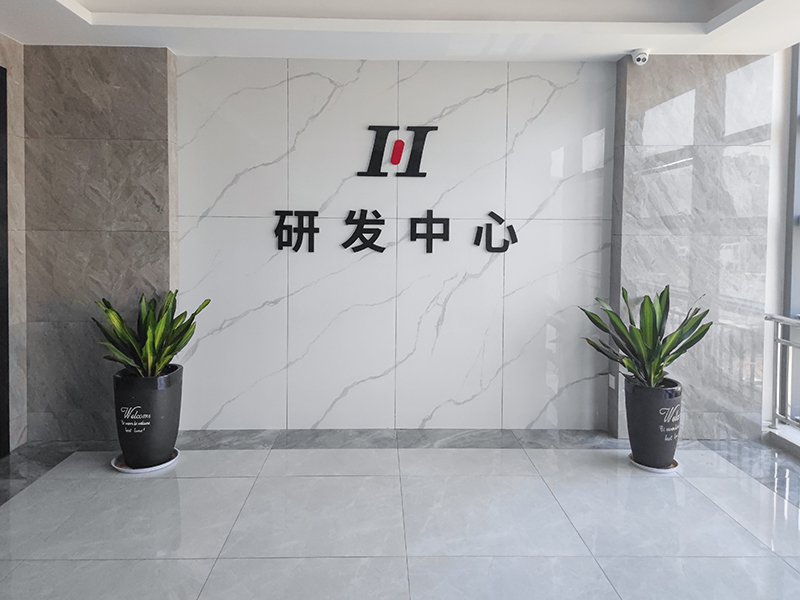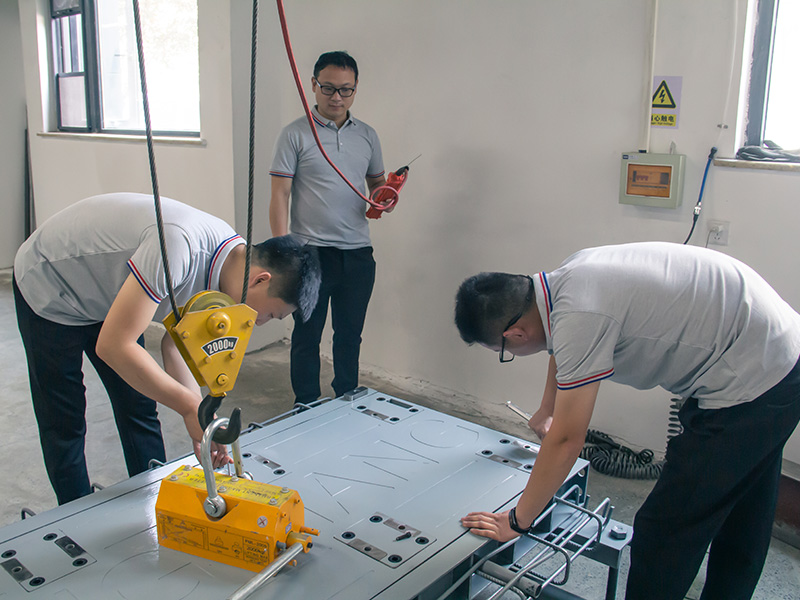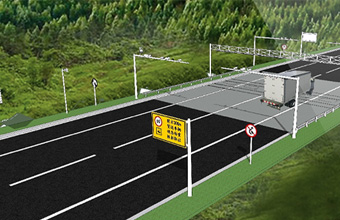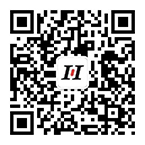As a legal measuring instrument, all weighing instruments manufactured, sold, in use, repaired and imported must be verified according to the verification regulations. So what is its verification procedure? What characteristics will it have?
Verification regulations refer to the technical regulations made on the measurement performance, verification items, verification conditions, verification methods, verification cycles, and verification results processing of measuring instruments. Its main function is to uniformly assess the quality of measuring instruments, implement supervision, and ensure that the national value transmission is accurate and consistent. Verification procedures are the legal basis for the testing of measuring instruments, and are also the link between production, use and measurement.
Weighing instrument verification procedures are mainly undertaken by the majority of grass-roots measurement departments (including production industries and user units). As we all know, weighing instruments are spread all over the country, tens of thousands, from daily life to scientific research experiments, from transportation to coal metallurgy, from packaged food to petrochemicals, they play a role in almost every aspect, and many of them play a role. To play an important role, whether they are competent for their work, the best way to test and verify them is to test them, and judge them according to the result data. Faced with the large-scale and wide-ranging weighing instrument verification work all over the country, we can only follow the principles of economic rationality and locality, relying on the majority of grass-roots measurement departments to solve the problem.
















